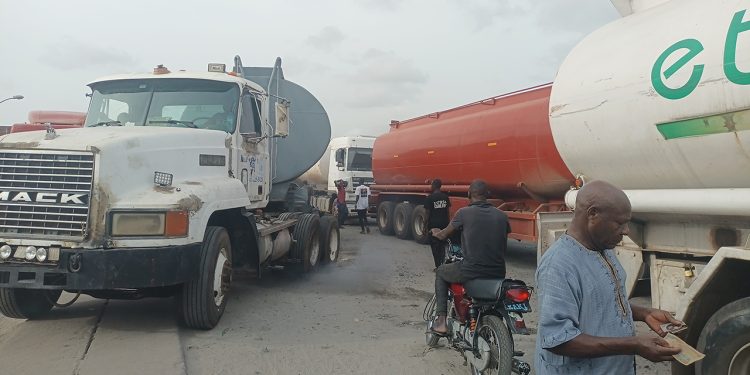In a significant development aimed at stabilizing the fuel supply chain in Nigeria, the Federal Government, together with key stakeholders in the petroleum sector, has reached a tentative agreement concerning the freight costs for the nationwide distribution of Premium Motor Spirit (PMS), commonly known as petrol.
This agreement was the outcome of an extensive two-day meeting in Abuja that brought together representatives from the Nigerian Association of Road Transport Owners (NARTO), the Major Energies Marketers Association of Nigeria (MEMAN), the Independent Petroleum Marketers Association of Nigeria (IPMAN), and the Depot and Petroleum Marketers Association of Nigeria (DAPMAN).
The discussions, which saw the participation of Heineken Lokpobiri, Minister of State for Petroleum Resources, and officials from the Nigerian Midstream and Downstream Regulatory Authority (NMDPRA), culminated in a resolution that has paved the way for the resumption of petrol lifting activities across the country. This move is expected to alleviate the recent disruptions experienced in the petrol distribution network, which have been a source of concern for both the government and the citizenry.
Despite the breakthrough, details regarding the new freight rate were not disclosed, leaving room for speculation about the terms of the agreement. The issue of freight costs has become a contentious point within the context of Nigeria’s deregulated market, where the price of petrol, like any other commodity, should ideally be influenced by market forces rather than government intervention. However, the re-introduction of price controls by the current administration in August of the previous year has reintroduced a level of uncertainty into the market, further complicated by the ongoing foreign exchange crisis and inflationary pressures.
This agreement represents a crucial step towards ensuring the steady supply of petrol nationwide, although it also highlights the ongoing challenges faced by Nigeria’s petroleum sector in navigating the delicate balance between deregulation and government oversight.















